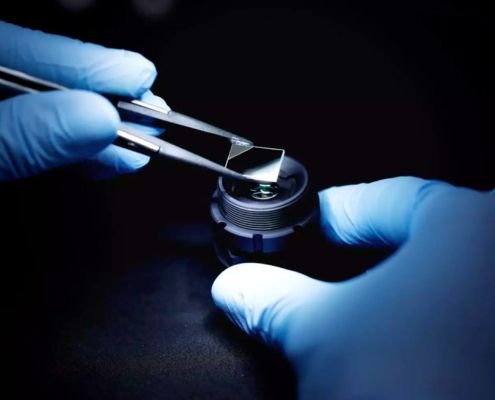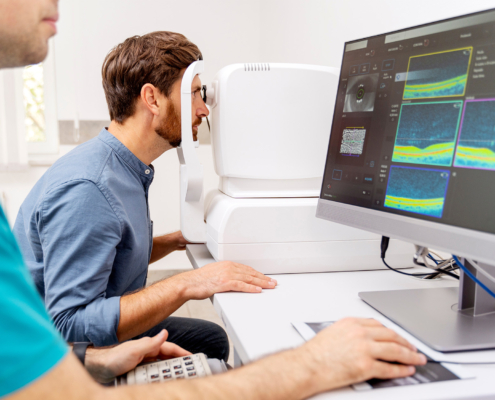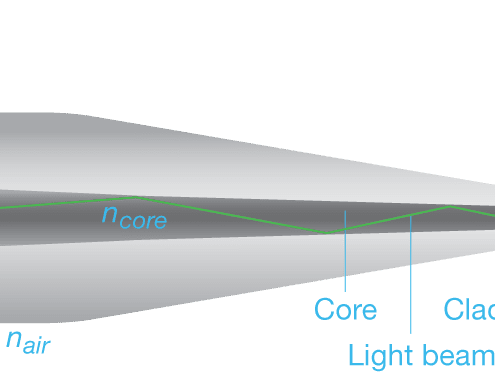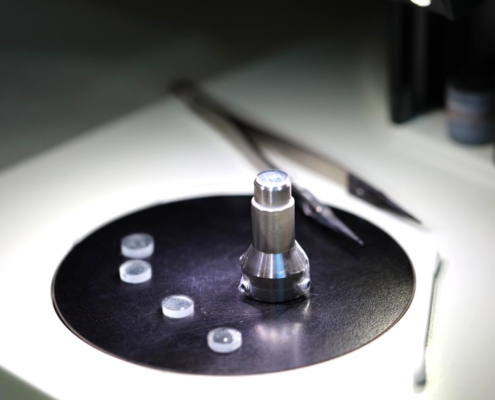The Latest Advancements in Optics Manufacturing
Optical lenses are integral to countless technologies shaping our lives, from corrective eyewear to intricate medical devices and telecommunications systems. Recent strides in optics manufacturing are revolutionizing these technologies, ushering in a new era of precision and performance. Join us as we delve into the forefront of lens materials, advanced coatings, micro-optics, and innovative manufacturing techniques propelling optical technology forward.










